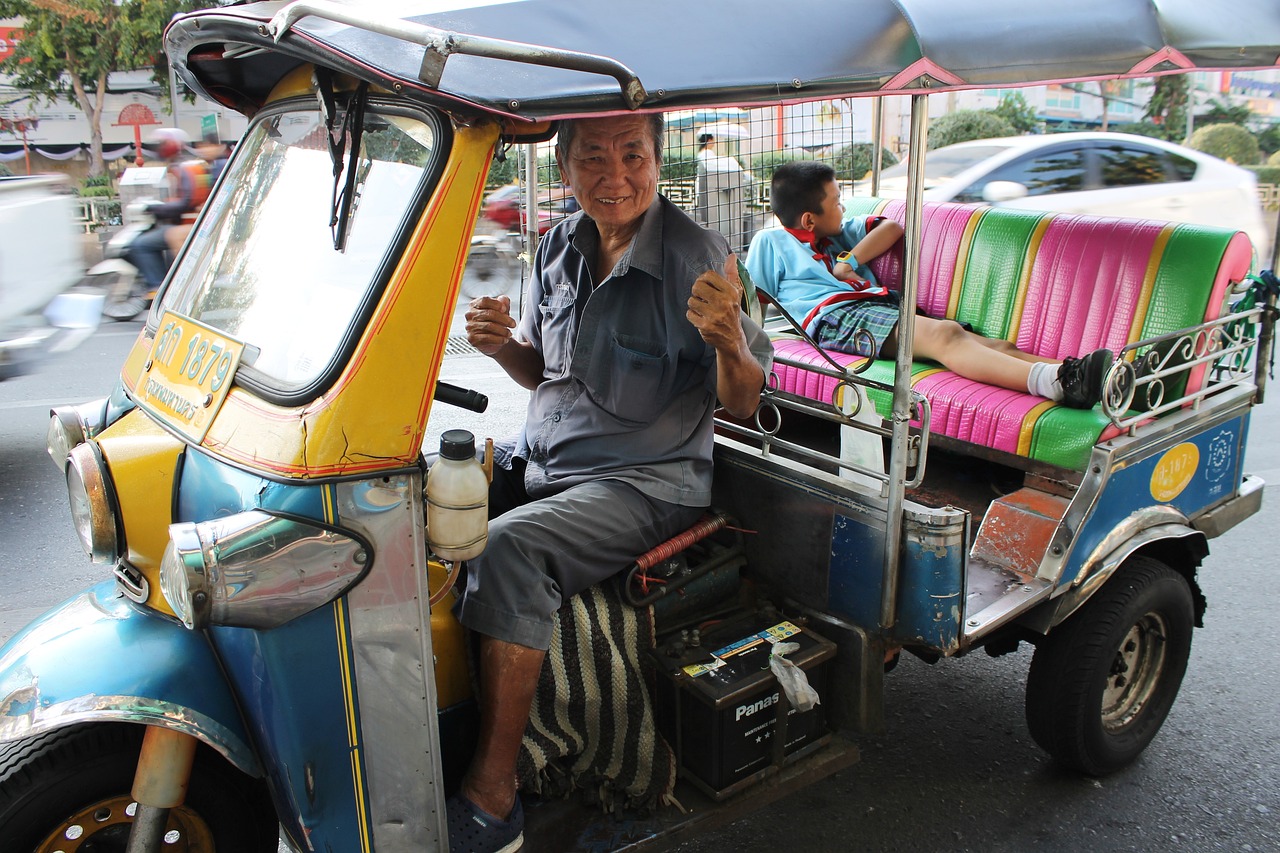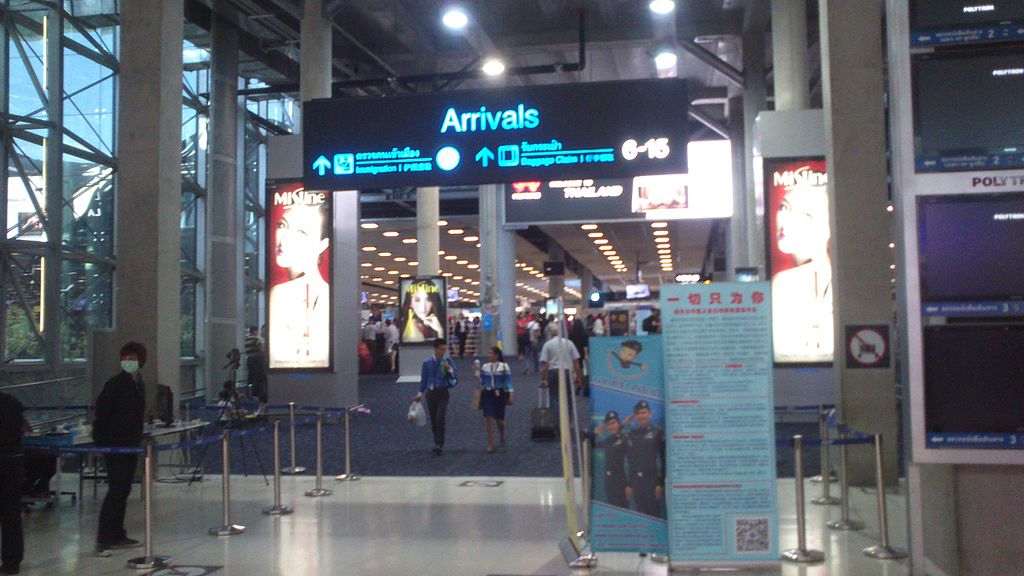The tuk-tuk is as synonymous with Thailand as pad thai and the Grand Palace. These vibrant, open-air vehicles are more than just a mode of transportation; they’re an emblem of the country’s frenetic energy and cultural charm. But the story behind the tuk-tuk goes beyond its iconic status, revealing a fascinating history intertwined with Thailand’s own development.
From Rickshaw to Auto Rickshaw
The tuk-tuk’s origin can be traced back to the late 19th century, when Japan introduced the pulled rickshaw to Thailand. These human-powered carts quickly became a popular form of transportation, particularly in bustling cities like Bangkok. However, the physical demands placed on the rickshaw pullers, coupled with growing concerns about animal welfare, spurred the search for an alternative.
The answer arrived in the form of the motor rickshaw, which emerged in the 1930s. These early models were essentially motorcycles with attached sidecars, offering a more efficient and less strenuous mode of transport. Nicknamed “samlor” (meaning “three-wheeled”), these vehicles laid the foundation for the modern tuk-tuk.

The Rise of the Tuk-Tuk
Following World War II, Thailand experienced a period of rapid economic growth and urbanization. This, combined with the affordability and practicality of the motor rickshaw, led to a surge in their popularity. By the 1960s, the samlor had undergone modifications, including the addition of a roof and a bench seat, transforming it into the recognizable tuk-tuk of today.
The name “tuk-tuk” is an onomatopoeia, mimicking the distinctive sputtering sound of the vehicle’s two-stroke engine. These engines, while not known for their quiet operation, contribute to the unique character of the tuk-tuk experience.
A Cultural Icon
Throughout the decades, the tuk-tuk has become deeply embedded in Thai culture. They serve as a vital part of the transportation network, especially in areas where larger vehicles cannot navigate narrow streets or crowded markets. For tourists, they offer a thrilling and authentic way to explore the sights and sounds of Thailand.
However, the rise of ride-hailing services and concerns about safety and emissions have posed challenges to the tuk-tuk industry. In recent years, there have been efforts to modernize the tuk-tuk, with some initiatives exploring electric-powered alternatives.
A Ride Through Time
Despite the challenges, the tuk-tuk remains a beloved symbol of Thailand. It’s a rolling reminder of the country’s rich history, cultural vibrancy, and capacity to adapt. So, the next time you find yourself in Thailand, hop on a tuk-tuk and embark on a journey that is not just about transportation, but about experiencing a unique slice of Thai life.




